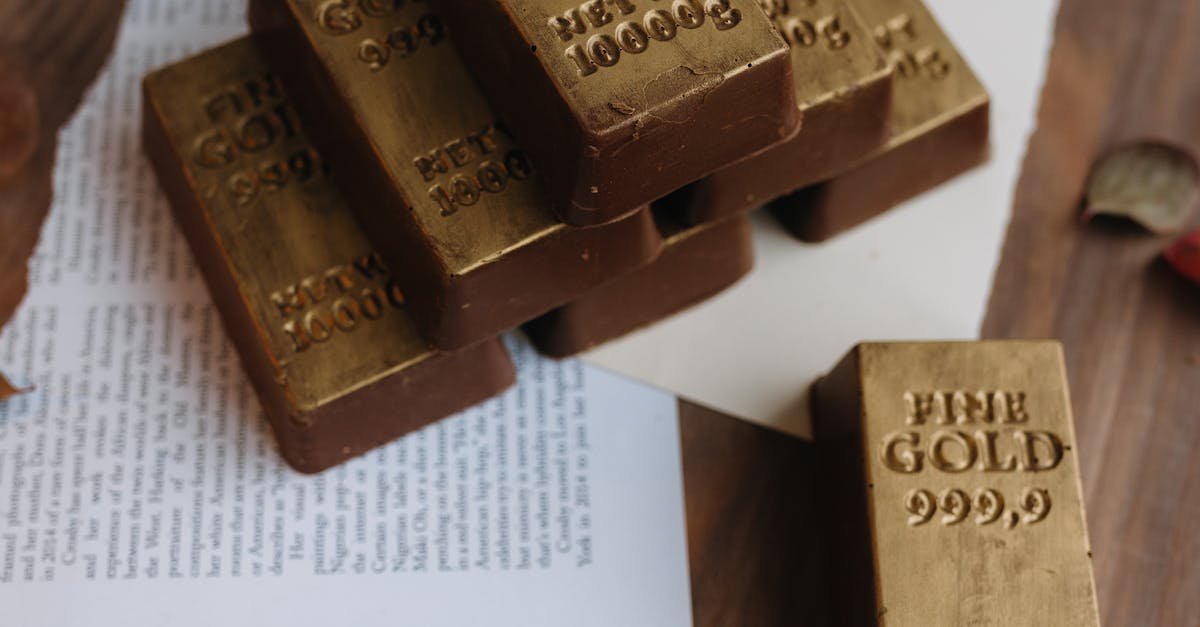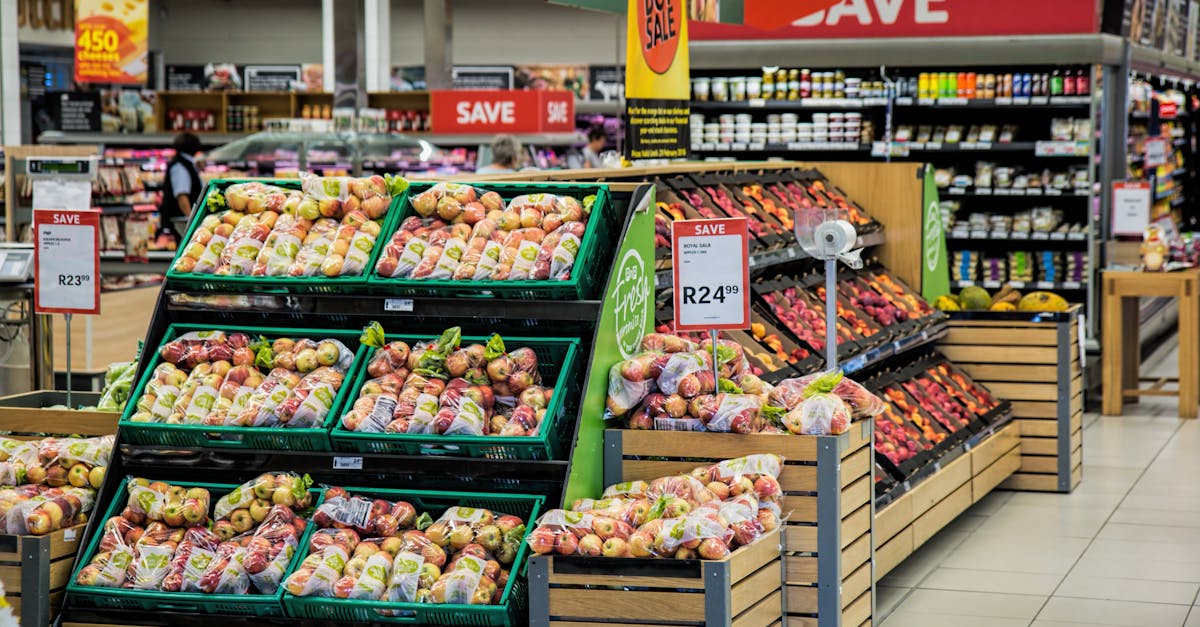Unveiling the Secrets of Gold Bullion Pricing

Gold Bullion Pricing: Demystifying the Numbers Behind Your Precious Metal Investment
The world of gold bullion can be a captivating and potentially lucrative one for investors. However, understanding the intricacies of gold bullion pricing is crucial for making informed decisions. This article will delve into the nuances of spot price and premium over spot, providing you with the knowledge you need to navigate the gold market with confidence. We’ll decipher the complex factors that influence gold prices, empowering you to make savvy investments in this timeless precious metal.
Spot price represents the real-time market value of gold, reflecting the constant interplay of supply and demand. Premium over spot is the additional cost charged by dealers to cover their expenses and ensure a reasonable profit margin. Understanding both of these components is essential for calculating the true cost of your bullion purchase and maximizing your return on investment.
As you journey through this article, you’ll gain a comprehensive understanding of the factors that shape gold bullion pricing. Whether you’re a seasoned investor or just starting to explore the world of precious metals, this guide will serve as your compass, helping you make informed decisions and navigate the complexities of gold bullion pricing.
Key Insights into Gold Bullion Pricing
- Spot price represents the real-time market value of gold, reflecting supply and demand.
- Premium over spot covers dealer expenses, including handling, storage, insurance, and profit.
- Factors influencing premium over spot include economic conditions, geopolitical events, and supply and demand dynamics.
- The spread, or difference between spot price and buy/sell prices, represents the dealer’s margin.
- Understanding gold bullion pricing is crucial for informed investment decisions and comparing prices between dealers.
1. Introduction: The Allure of Gold Bullion
In the realm of investments, gold bullion holds a unique position. Unlike stocks or bonds, which represent ownership in companies or debt obligations, gold bullion is a physical asset that maintains its value regardless of economic fluctuations. This makes it an appealing haven during times of market volatility or geopolitical uncertainty.
Moreover, gold bullion is highly liquid, meaning it can be easily bought and sold in various forms, including bars, coins, and jewelry. This liquidity allows investors to access their investment quickly and conveniently, should the need arise.
2. Spot Price: Gold’s Market Pulse

Spot price is the real-time market value of gold, reflecting the constant interplay of supply and demand. It’s the price at which gold can be bought or sold immediately, making it a crucial benchmark for gold bullion investors.
Spot prices are constantly fluctuating, influenced by a multitude of factors. Changes in economic conditions, such as inflation or interest rate shifts, can impact the demand for gold, driving its price up or down. Geopolitical events, natural disasters, and supply chain disruptions can also send ripples through the gold market, affecting spot prices.
Tracking spot prices is essential for investors to make informed decisions. By monitoring real-time price movements, investors can identify potential buying or selling opportunities and adjust their strategies accordingly.
3. Premium over Spot: The Additional Cost
The premium over spot covers a range of expenses, including handling, storage, insurance, and dealer profit. Handling involves the physical processing and transportation of the gold, while storage ensures its safekeeping in secure facilities. Insurance protects the gold from loss or damage, and dealer profit compensates the business for its services.
Understanding the premium over spot is crucial for making informed gold bullion purchases. By factoring in these additional costs, you can calculate the true price you’re paying for the gold and make comparisons between different dealers to find the best value for your investment.
4. Components of Premium over Spot

The premium over spot is not a fixed amount, but rather varies depending on several factors, including the dealer’s operating costs, the size and type of gold bullion being purchased, and market conditions.
Handling costs cover the physical processing and transportation of the gold. This includes weighing, packaging, and shipping the gold to the buyer.
Storage costs cover the cost of storing the gold in a secure facility. This includes the cost of the facility itself, as well as the cost of security and insurance.
Insurance costs cover the cost of protecting the gold from loss or damage. This includes the cost of insurance premiums, as well as the cost of deductibles and other out-of-pocket expenses.
Dealer profit is the profit that the dealer makes on the sale of the gold. This profit is used to cover the dealer’s operating costs, as well as to provide a return on investment for the dealer’s shareholders.
When purchasing gold bullion, it is important to understand the components of the premium over spot so that you can make informed decisions about the purchase. By understanding the costs involved, you can compare prices between different dealers and find the best deal on the gold that you want to buy.
5. Factors Influencing Premium over Spot
Supply and demand: When demand for gold is high, dealers may charge a higher premium over spot to cover the increased costs of acquiring and storing the gold. Conversely, when demand is low, dealers may be willing to lower their premiums to attract buyers.
Economic conditions: Economic conditions can also impact the premium over spot. For example, during periods of economic uncertainty, investors may flock to gold as a safe haven, driving up demand and, consequently, the premium over spot.
Geopolitical events: Geopolitical events, such as wars or natural disasters, can also affect the premium over spot. These events can disrupt supply chains and increase demand for gold, leading to higher premiums.
It is important for investors to be aware of these factors when purchasing gold bullion, as they can impact the overall cost of their investment. By understanding the market dynamics that influence the premium over spot, investors can make informed decisions about when to buy and sell gold.
6. The Spread: Spot Price vs. Buy/Sell Price
When you buy or sell gold bullion, you’ll notice that the price you pay or receive is different from the spot price. This difference is known as the spread, and it represents the dealer’s margin or profit.
The spread is typically expressed as a percentage of the spot price, and it can vary depending on the dealer, the size and type of gold bullion being bought or sold, and market conditions. For example, a dealer may charge a 1% spread on a one-ounce gold coin, but a 2% spread on a ten-ounce gold bar.
The spread is an important factor to consider when buying or selling gold bullion, as it can impact your overall profit or loss. By understanding the spread, you can compare prices between different dealers and find the best deal on the gold that you want to buy or sell.
7. Conclusion: Navigating Gold Bullion Pricing
Understanding spot price and premium over spot is crucial for making prudent investment decisions in gold bullion. Spot price represents the real-time market value of gold, while premium over spot covers the additional costs incurred by dealers to bring the gold to you.
By understanding the components of the premium over spot, including handling, storage, insurance, and dealer profit, you can calculate the true cost of your gold investment. Additionally, being aware of the factors that influence the premium over spot, such as supply and demand, economic conditions, and geopolitical events, will help you make informed decisions about when to buy and sell gold.
Remember to compare prices between different dealers and factor in the spread, or dealer’s margin, to find the best deal on your gold bullion purchase or sale. By navigating gold bullion pricing wisely, you can maximize your return on investment and achieve your financial goals.
What is the difference between spot price and premium over spot?
Spot price is the real-time market value of gold, while premium over spot is the additional cost charged by dealers to cover their expenses and ensure a reasonable profit margin.
What are the components of premium over spot?
The components of premium over spot include handling, storage, insurance, and dealer profit.
What factors influence the premium over spot?
The premium over spot is influenced by factors such as supply and demand, economic conditions, and geopolitical events.
What is the spread in gold bullion pricing?
The spread is the difference between the spot price and the buy/sell prices offered by dealers, representing the dealer’s margin or profit.
Why is it important to understand gold bullion pricing?
Understanding gold bullion pricing is important for making prudent investment decisions, as it allows investors to calculate the true cost of their investment and compare prices between different dealers.
Table of Key Insights: Gold Bullion Pricing
| Insight | Description | |—|—| | Spot Price | Real-time market value of gold, reflecting supply and demand. | | Premium Over Spot | Additional cost covering dealer expenses (handling, storage, insurance, profit). | | Factors Influencing Premium Over Spot | Economic conditions, geopolitical events, supply and demand dynamics. | | The Spread | Difference between spot price and buy/sell prices, representing dealer’s margin. | | Importance of Understanding Gold Bullion Pricing | Facilitates informed investment decisions and price comparisons between dealers. |

0 responses to “Gold Bullion Pricing: Deciphering Spot Price and Premium over Spot”